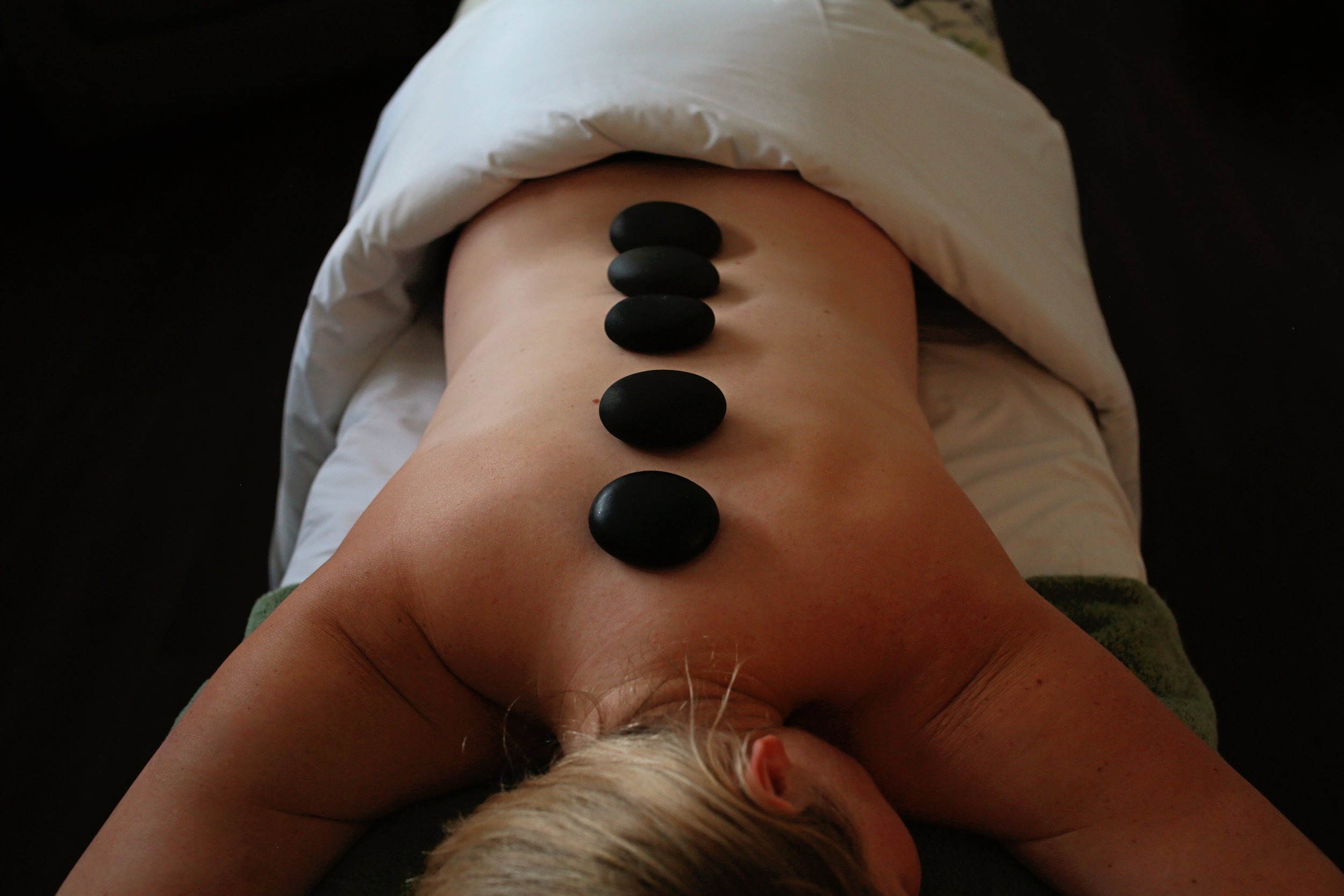Is your skin protected enough? Why are all sunscreens not equal
We already know sunscreen is the first rule of Skin Club.
Here’s our guide on how to choose the best Sunscreen:
Understanding the difference between physical and chemical sunscreen. The fundamental difference between these two types of formulas lies in how they block sun rays.
Physical sunscreens use zinc oxide as their active ingredient, which works to physically deflect the sun’s rays like a shield. Hence the original name, sunblock. They are a little thicker and heavier.
Modern versions sink in the skin and will dry to a sheer finish. They protect against UVA and UVB Rays, sunspots, wrinkles, lines and leathery-looking skin. They are also non-toxic to coral reefs - some places such as Hawaii have banned the sale of sunscreen containing two of the most common UV chemicals due to their toxicity.
Chemical sunscreens, are the most common type of sunscreen on the market, particularly in supermarkets and department stores. They sink into the skin, where chemical agents in the product absorb the sun’s rays and UV light, then distribute them as heat energy across the surface of the skin.
Not all chemical sunscreens prevent UVA rays, meaning your skin could still be damaged in ways other than burning. Studies have shown some of the chemicals could be toxic, as they have been damaging coral reefs and are suspected endocrine disrupters (interfering with hormones).
Most people scan the sunscreen label to find out the SPF amount and don’t delve much further. Look for terms such as mineral sunscreen, if you see Zinc Oxide and Titanium Oxide as leading ingredients, this is a physical sunscreen.
Many sunscreens are now being labelled as “reef safe” when they're not! If they contain any of the following chemicals they are not reef safe: oxybenzone/benzophenone, octinoxate, octisalate/octocrylene, homosalate, avobenzone, ethylhexl methoxycinnamate, parabens, retinyl palmitate, and fragrance. Read your labels!
It's important to understand UVA vs UVB rays
Ultraviolet radiation is energy that travels to the earth via the sun’s rays. UVA Rays are generally known to penetrate deeper into the skin. This means they are responsible for ageing, fine lines, wrinkles, sun spots and weathered skin. UVB rays on the other hand, are a higher energy and can damage the skins cells. For that reason, they are the culprit for burning and skin cancer. For the best protection against the harsh effects of the sun, you want to be opting for a broad spectrum sunscreen (meaning it will protect again UVA and UVB rays).
If you do only one thing for your skin, wear sunscreen 365 days a year. Regardless of the weather, the suns damaging rays can take a toll on your skin even in winter. Additionally, even if you don’t get burnt, ultraviolet radiation still affects your skin, as the UVA rays, which are the most dangerous, are present all year round.
Don’t rely on sunscreen alone
Wearing sunscreen is crucial, but it can’t do all the work.
Hat’s, sunglasses and protective clothing are also an essential measure. Try seek shade when you can, understand that sunscreen isn’t “waterproof” just “water resistant”, so reapply every 40-80 mins if swimming.
Limit the time you are in the sun between 10:00am and 4:00pm, because this is when UV radiation is at its highest.
Don’t forget too that UV light can penetrate through windows and clouds, so working from home is not an excuse to forget your sunscreen!
Apply and (re-apply) correctly
Sunscreen should be worn every day as part of a healthy skincare routine. Sunscreens require 15-20 minutes to set and form an even layer on your skin, so apply liberally!
Apply to your face neck, décolleté and ears every morning and to any exposed areas whenever you’re outside. You need approximately one teaspoon for every limb, and always re-apply every two hours or straight after swimming and sweating. When in doubt, re-apply!
Use a good quality SPF
A mineral, zinc-based sunscreen is your perfect go-to for daily application.
Harmony’s 4 favourite Mineral SPF’s are:
1. O Cosmedics Mineral Pro SPF 50 or SPF30 for a lightly tinted colour to apply under makeup (also available untinted).
2. Suntegrity 5-in-1 Natural Moisturizing Face Sunscreen for a dewy, natural finish.
3. Dp Dermaceuticals Cover Recover for a fuller coverage foundation, as well as cooling and healing factors.
4. Suntegrity Body Sunscreen, infused with antioxidants for healthy protection all year round with a light, uplifting citrus scent.
Book Skincare Consultation
Our expert therapists can help you reach your skin goals, book a consultation today!



















